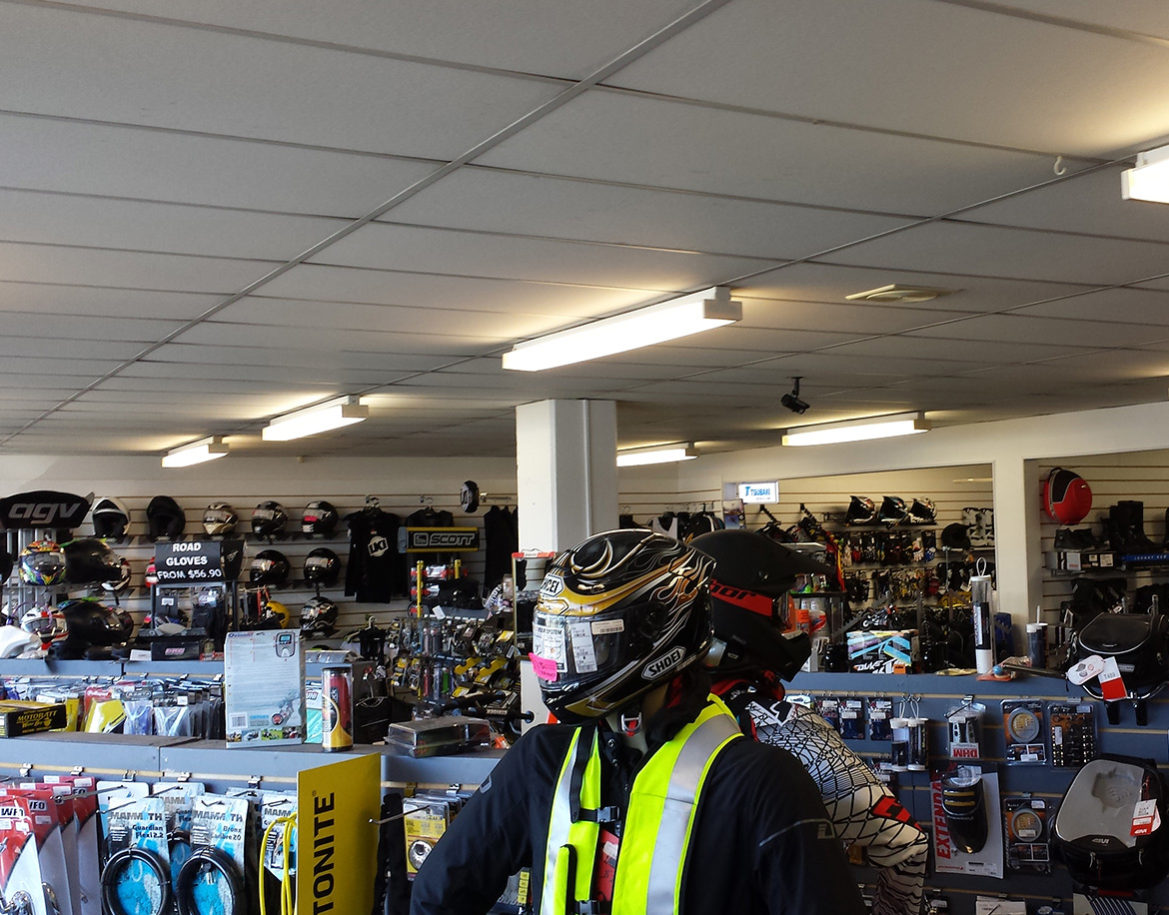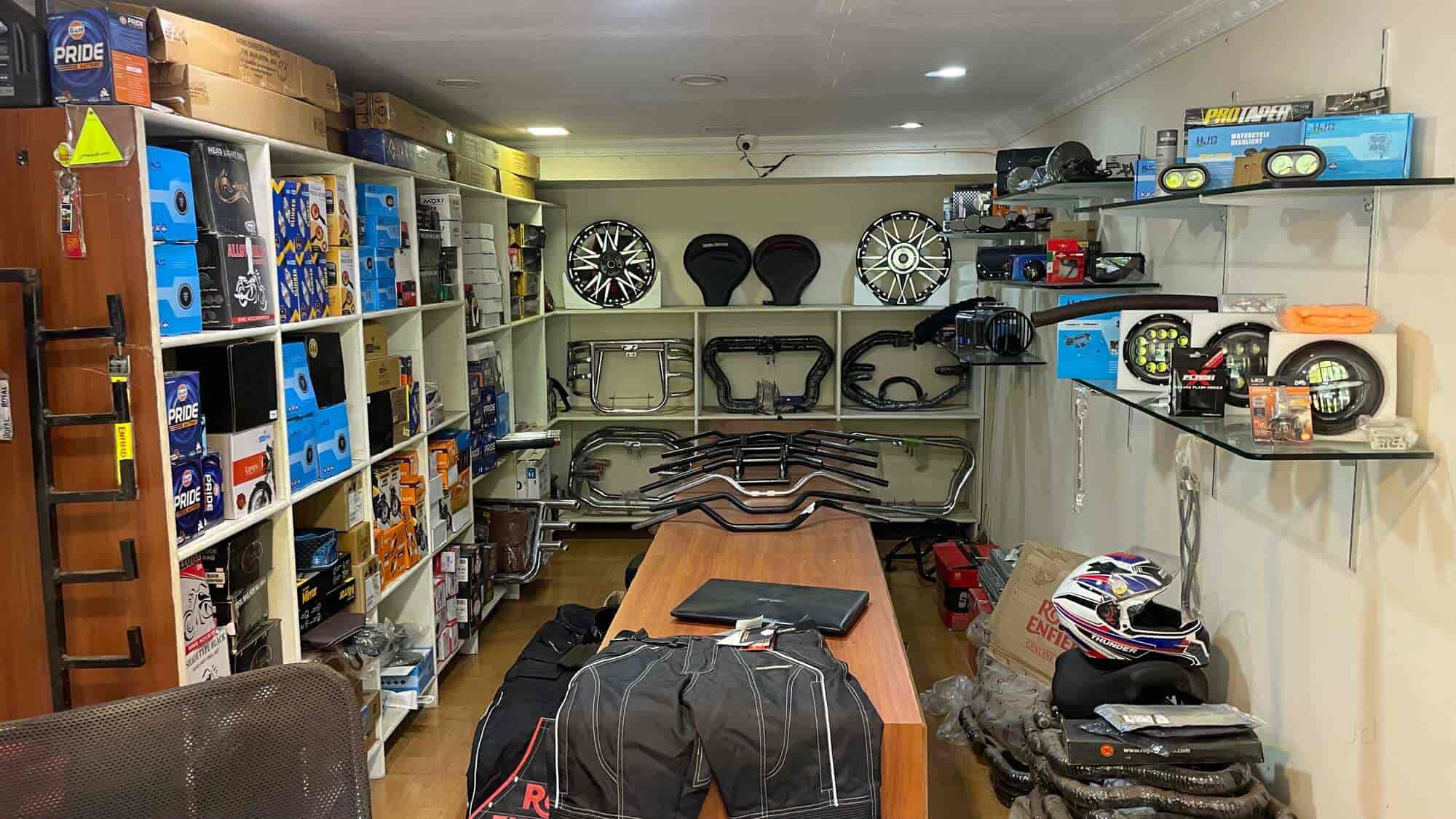Discover Quality Moto Parts NZ for All Your Motorcycle Needs
Discover Quality Moto Parts NZ for All Your Motorcycle Needs
Blog Article
Recognizing the Vital Parts of a Motorcycle: A Comprehensive Guide for Fanatics
For motorcycle fanatics seeking to raise their riding experience and guarantee their bikes run smoothly, comprehending the vital components of a motorbike is critical. Each aspect, from the engine's complex operations to the important duty of the braking devices, not just impacts efficiency yet likewise security and comfort. This guide will stroll with the essential parts that every cyclist must be acquainted with, making it possible for informed choices in both upkeep and potential upgrades. As we begin this exploration, one must ask: just how does each part communicate to create the seamless experience every fanatic looks for?
Engine Parts

The camshaft plays a crucial role in managing the timing of the engine's shutoffs, guaranteeing the accurate opening and closing essential for effective gas and air intake, in addition to exhaust expulsion. This timing is vital to preserving optimum engine efficiency and performance. In addition, the carburetor or gas shot system, relying on the bike model, is in charge of blending air with gas in the correct ratio for combustion.
The air conditioning system, either air or liquid-based, functions to keep the engine's temperature level within functional limits, stopping getting too hot and guaranteeing longevity - motocross gear nz. Each element, thoroughly created and incorporated, adds to the seamless operation of the engine, specifying the motorcycle's power output and general performance
Transmission System
Essential to the bike's performance, the transmission system guarantees reliable power transfer from the engine to the wheels. This system makes up a number of important components, including the clutch, gearbox, and last drive, each playing a vital duty in equating the engine's power into movement. The clutch, normally run by a hand lever, offers to disengage the engine and involve from the transmission, enabling smooth equipment adjustments and controlled acceleration.
The gearbox, commonly referred to as the transmission appropriate, includes a collection of gears that motorcyclists can manually change with to adjust the bike's rate and torque result. These equipments are prepared in a sequence that enables the motorbike to accelerate smoothly and keep optimal engine performance across different speeds. Many bikes make use of a sequential transmission, needing the motorcyclist to change equipments in a predetermined order.
Braking Devices
While comprehending the transmission system is crucial to harnessing a motorbike's power, just as essential is the ability to manage and stop that power effectively, which is where stopping systems come into play. Brakes are important for security and efficiency, supplying the rider with the needed control to navigate numerous terrains and conditions. Normally, motorbikes include 2 kinds of stopping systems: disc brakes and drum brakes.
Disc brakes are a lot more widespread in modern-day motorbikes because of their exceptional performance. They are composed of a brake disc, caliper, and pads. When triggered, the caliper squeezes the brake pads versus the rotating disc, transforming kinetic energy into warmth, thereby slowing down the wheel. This system uses much better warm dissipation, regular efficiency, and enhanced stopping power, particularly in damp problems.
Alternatively, drum brakes, though less usual, are still located in some bikes. They work by pushing brake footwear versus the internal surface of a drum attached to the wheel. While generally less effective in heat dissipation and quiting power, drum brakes are simpler and much more cost-effective.
Understanding these stopping systems' subtleties permits cyclists to preserve their motorbikes properly and appreciate the design that guarantees risk-free and effective quiting.
Suspension and Guiding
Suspension and steering systems are important components that considerably affect a bike's handling and adventure convenience. The shock absorber, including forks at the front and shock absorbers at the back, soaks up roadway abnormalities, improving security and control. Front forks, upside down or generally telescopic, compress and rebound to alleviate influences, while back shock absorbers keep tire call with the road, critical for traction and safety and security.
Guiding, centered around the handlebars, connects the rider to the bike's directional control. The steering motorcycle mud flaps head bearings guarantee smooth operation, permitting precise maneuverability. Appropriate positioning and upkeep of these bearings are essential for foreseeable steering response and reducing rider tiredness.
The suspension's adjustability is another crucial aspect; preload, damping, and rebound setups allow customization to match different riding problems and designs. This versatility is necessary for maximizing performance, whether navigating metropolitan streets or dealing with tough routes. Developments like digital shock absorber offer real-time adjustments, boosting ride high quality across varied terrains.

Electrical Solutions
After making certain a smooth and controlled adventure via reliable suspension and steering systems, attention turns to the electric systems, a pivotal aspect of contemporary motorbikes. These systems play a crucial role not just in beginning the engine yet likewise in powering different parts that boost the functionality and safety and security of the motorbike.
At the heart of a motorbike's electrical system is the battery, which shops electrical power needed for starting the engine and powering supporting systems - motorcycle parts nz. The alternator or generator, coupled with the rectifier-regulator, ensures the battery stays billed while the motorbike is in procedure, converting mechanical energy right into electrical energy and maintaining voltage levels
The ignition system, one more critical part, is responsible for firing up the air-fuel mixture in the engine's cyndrical tubes. Modern motorbikes often make use of a digital ignition system, providing greater effectiveness and dependability compared to standard systems.
Lights systems, consisting of fronts lights, tail lights, and signs, are likewise crucial, making certain visibility and safety for the cyclist. Additional electronic parts such as sensors, control systems, and shows add to sophisticated functions like gas injection monitoring, anti-lock braking systems (ABDOMINAL), and digital control panels, even more enhancing the riding experience.
Verdict
A detailed comprehension of a motorbike's read this post here necessary elements, including the engine, transmission click here for info system, braking mechanisms, suspension, guiding, and electric systems, is important for fanatics intending to optimize performance, comfort, and safety. Mastery of these components allows for informed choices concerning upkeep and upgrades, inevitably enhancing the riding experience. By integrating this understanding, riders can ensure their motorbikes run at peak efficiency and reliability, consequently maximizing both satisfaction and longevity of their cars.
For motorbike fanatics looking to elevate their riding experience and ensure their bikes run efficiently, comprehending the necessary elements of a motorcycle is vital.Important to the bike's functionality, the transmission system makes certain reliable power transfer from the engine to the wheels.While understanding the transmission system is key to taking advantage of a bike's power, just as essential is the capacity to regulate and quit that power properly, which is where braking mechanisms come into play. Commonly, motorbikes include 2 kinds of braking systems: disc brakes and drum brakes.
A detailed comprehension of a motorbike's important elements, consisting of the engine, transmission system, stopping systems, suspension, steering, and electric systems, is essential for enthusiasts intending to optimize security, convenience, and efficiency.
Report this page